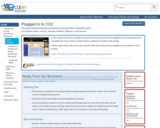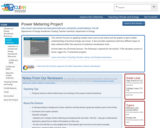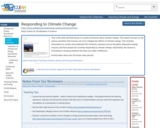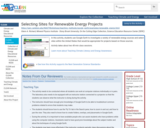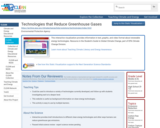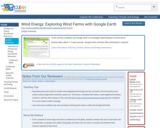
THE PATTERNS APPROACH
The Patterns Approach to science instruction emphasizes the use of mathematical and phenomenological patterns to predict the future and understand the past. Students construct science knowledge by making an initial “wild-guess”, asking questions, planning and conducting experiments, collecting data, finding a mathematical model that fits their data, explaining the phenomenon based on that model, then finally making a data-informed prediction. Harnessing their own experiences, students compare and contrast low-evidence predictions (wild guesses) to their data-informed prediction to live the experience and learn the value of evidence-based reasoning. Additionally, students engage in several engineering projects in each course, where they must use the Patterns they discover in their designs to optimize their solutions. The Patterns Approach utilizes technology, student-constructed knowledge, frequent opportunities for student talk, and language supports to ensure the engagement and success of every student. By emphasizing, rather than removing, the mathematical connections to science, the Patterns Approach supports student conceptual understanding by connecting real-world inquiry experiences, graphical representations, and mathematical representations of science phenomena.
- Subject:
- Physical Science
- Physics
- Material Type:
- Activity/Lab
- Lesson Plan
- Author:
- Portland STEM Partnership
- Date Added:
- 08/10/2020
